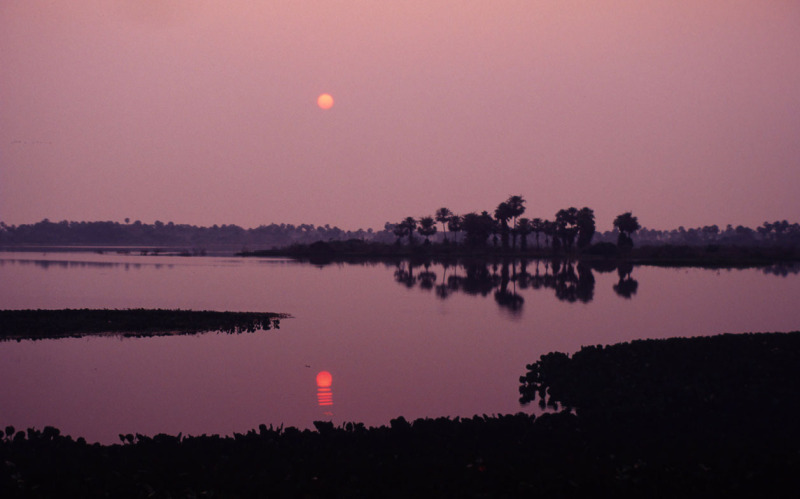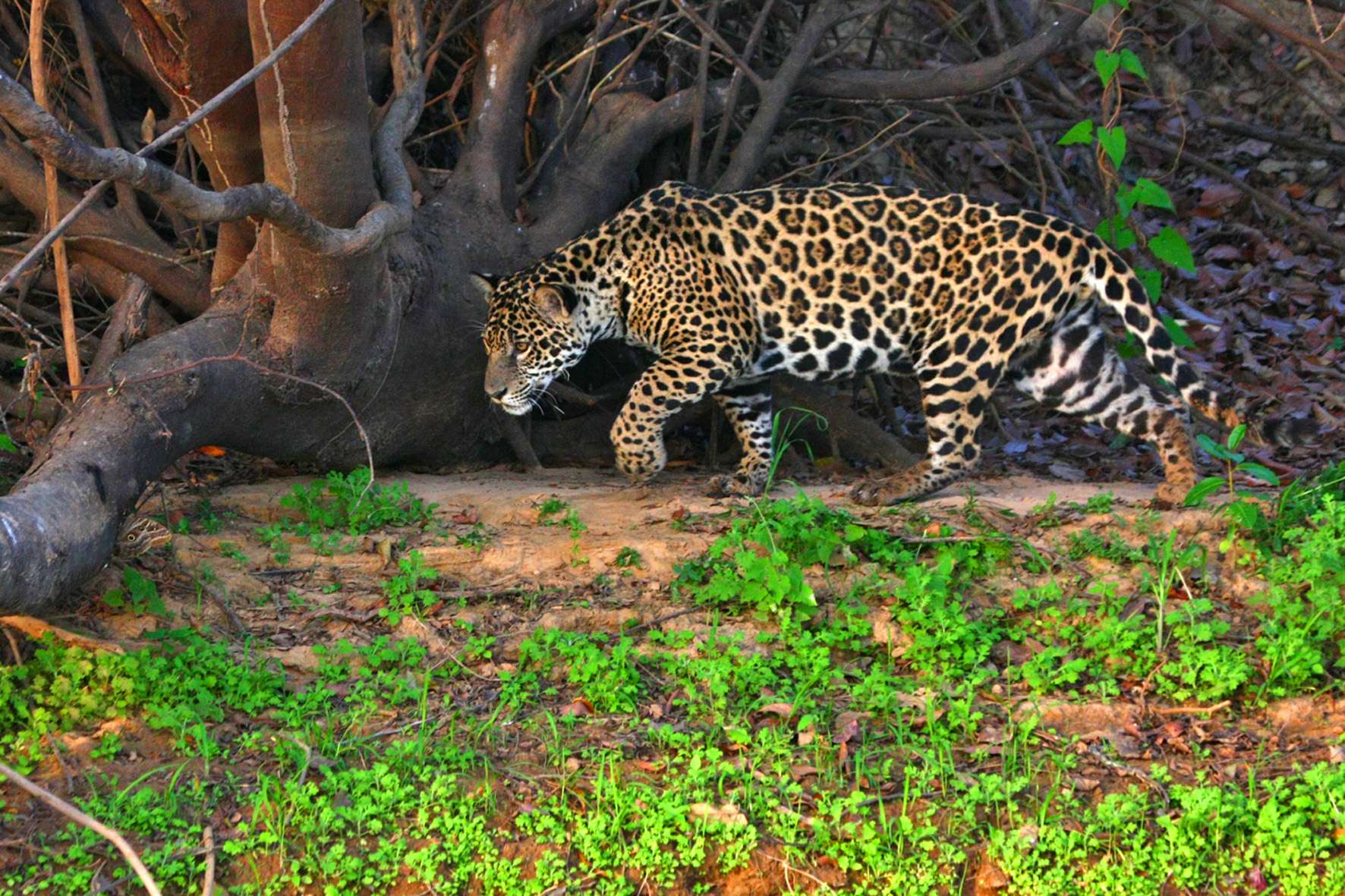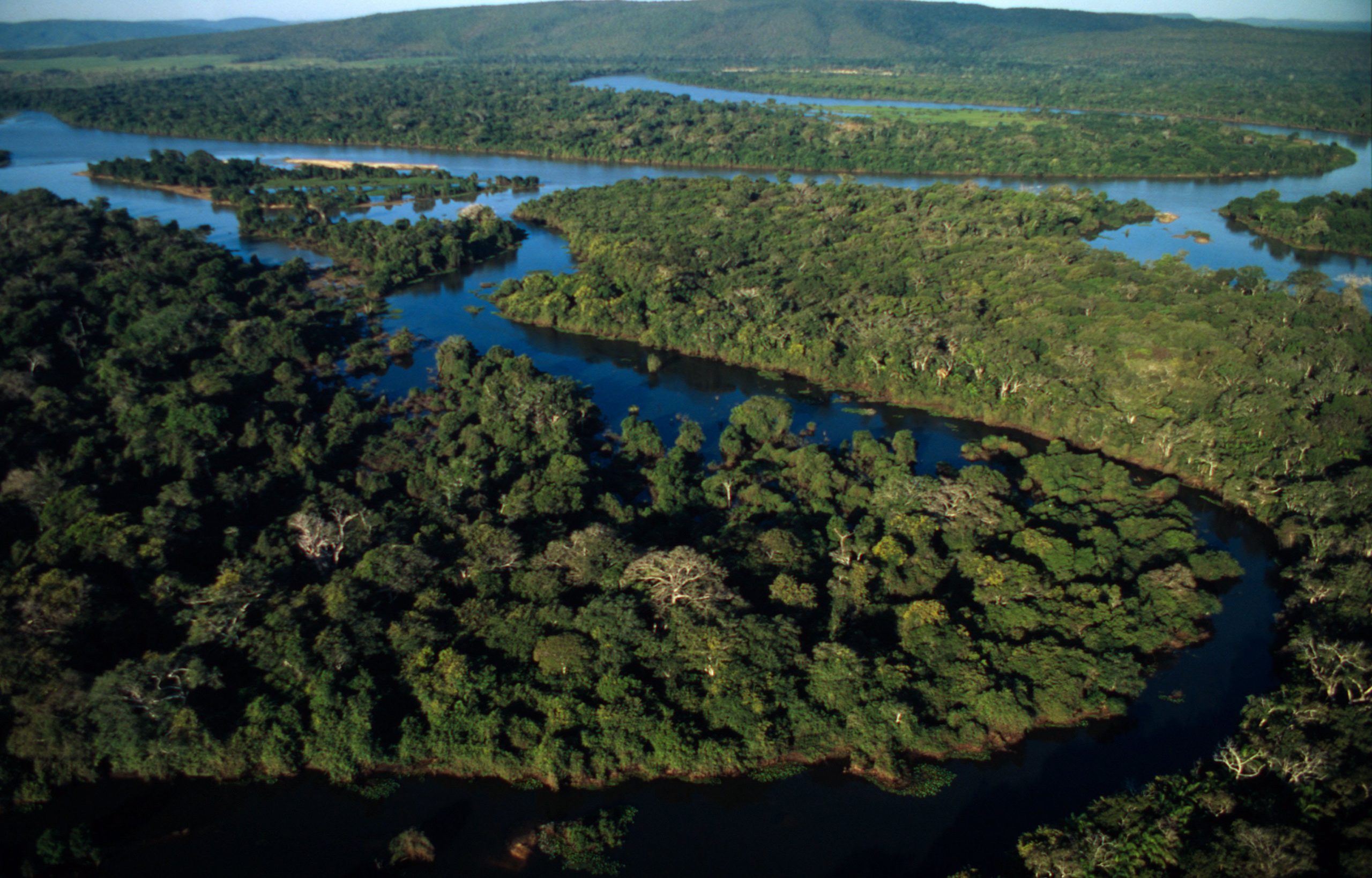The Pantanal is the largest wetland in South America and the largest wetland in the world that has not been substantially modified by humans. The sheer abundance of large birds, reptiles and mammals mark its importance as a huge reservoir of biodiversity. Here are 11 facts about these wondrous wetlands:
Pantanal Fact #1
The Pantanal covers an area of 66,100 square miles—that’s 10 times the size of Florida’s Everglades.
Pantanal Fact #2
Sediment cores suggest that 13,000-23,000 years ago, the Pantanal was covered by sandy desert.
Pantanal Fact #3
The name “Pantanal” comes from the Portuguese word pântano, meaning wetland, bog, swamp or marsh.

The name “Pantanal” comes from the Portuguese word pântano, meaning wetland, bog, swamp or marsh. © Edward Parker/WWF-Canon
Pantanal Fact #4
Average yearly rainfall in the Pantanal reaches up to 40 to 55 inches. Seventy-eight percent of the Pantanal is submerged during the rainy seasons.
Pantanal Fact #5
The Pantanal is home to about 3,500 plant species, 656 bird species, 325 fish species, 159 mammals, 53 amphibians and 98 reptiles.
Pantanal Fact #6
The Pantanal Conservation area—a group of four protected areas in the Pantanal—was declared a UNESCO World Heritage Site due to its ecological significance.
Pantanal Fact #7
While the Pantanal is considered one of the most preserved wetlands in the world, less than 2 percent of the Pantanal wetlands is under government protection.
Pantanal Fact #8
The Pantanal is threatened by expanding human settlement, unsustainable farming practices, illegal mining, hydroelectric power plant construction and unregulated tourism. WWF is working with ranchers in Brazil to reduce deforestation and its negative impacts.
WWF named the Pantanal one of its “Global 200,” a list of the most outstanding and representative areas of biodiversity.

Less than 2 percent of the Pantanal wetlands is under government protection. © ZAPA/Natural Habitat Adventures
Pantanal Fact #9
A 2012 report from WWF-UK found that the Pantanal wetlands attract nearly 1 million tourists every year, making ecotourism more profitable to community members than the use of land for livestock and crops.
Pantanal Fact #10
WWF partners with the Nature Conservancy, UNESCO and IBAMA—a Brazilian environmental agency—to conserve Natural World Heritage Sites in the Pantanal.

































